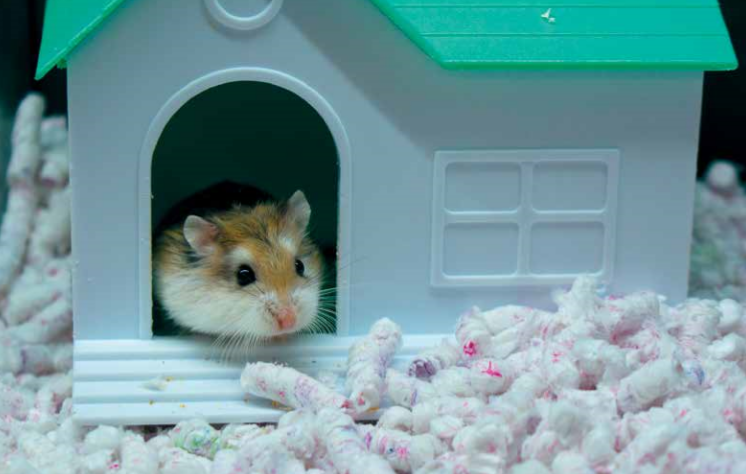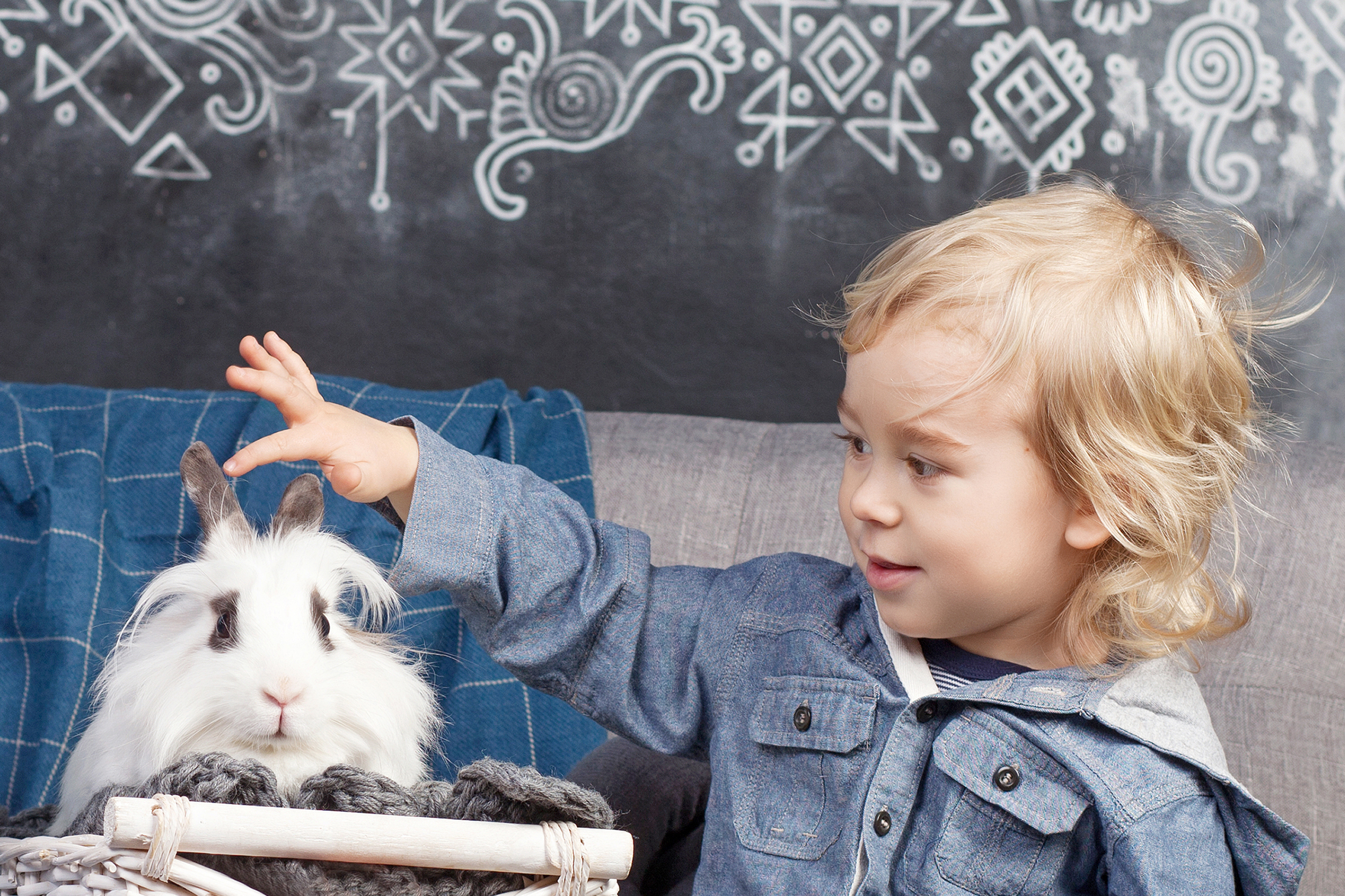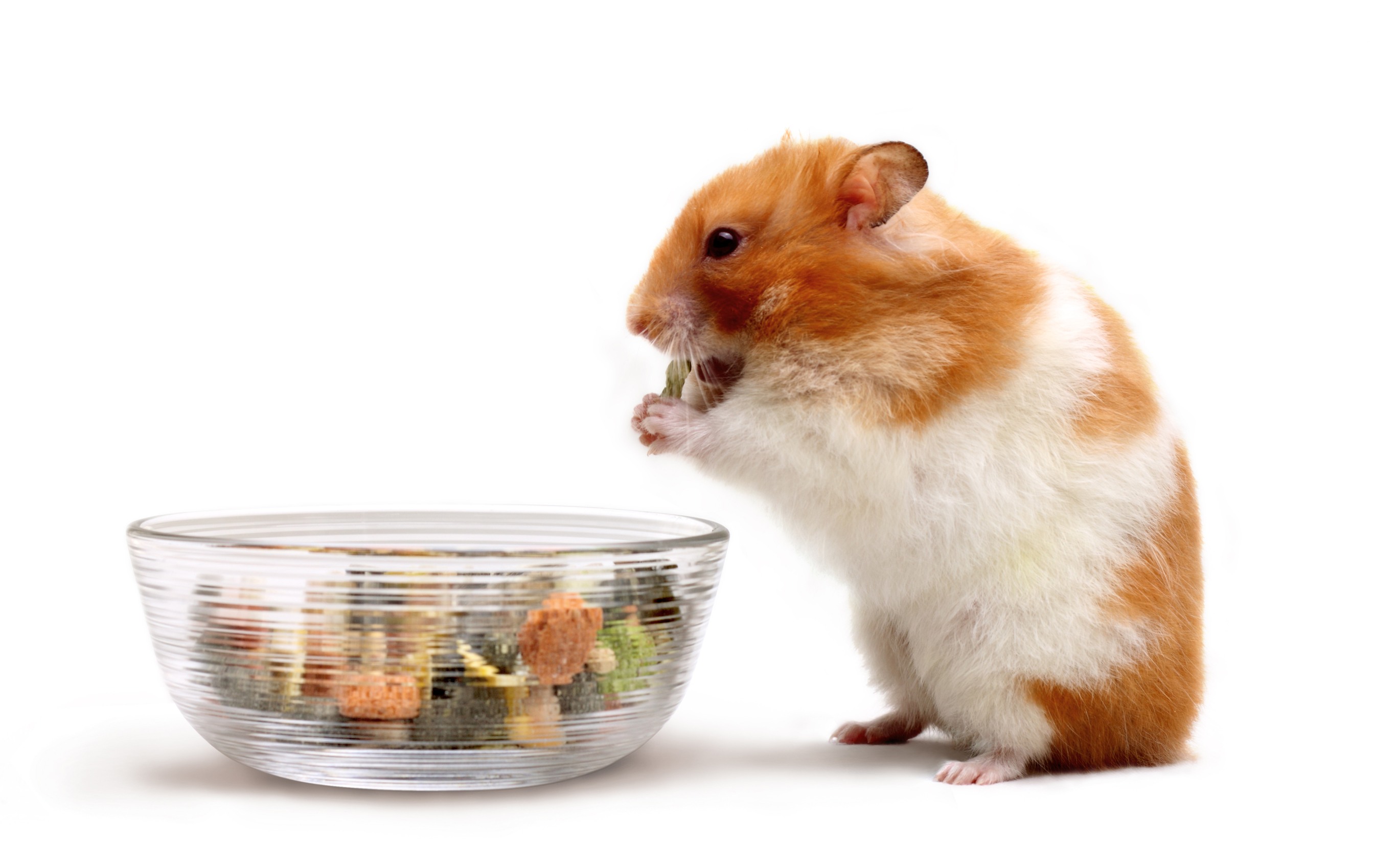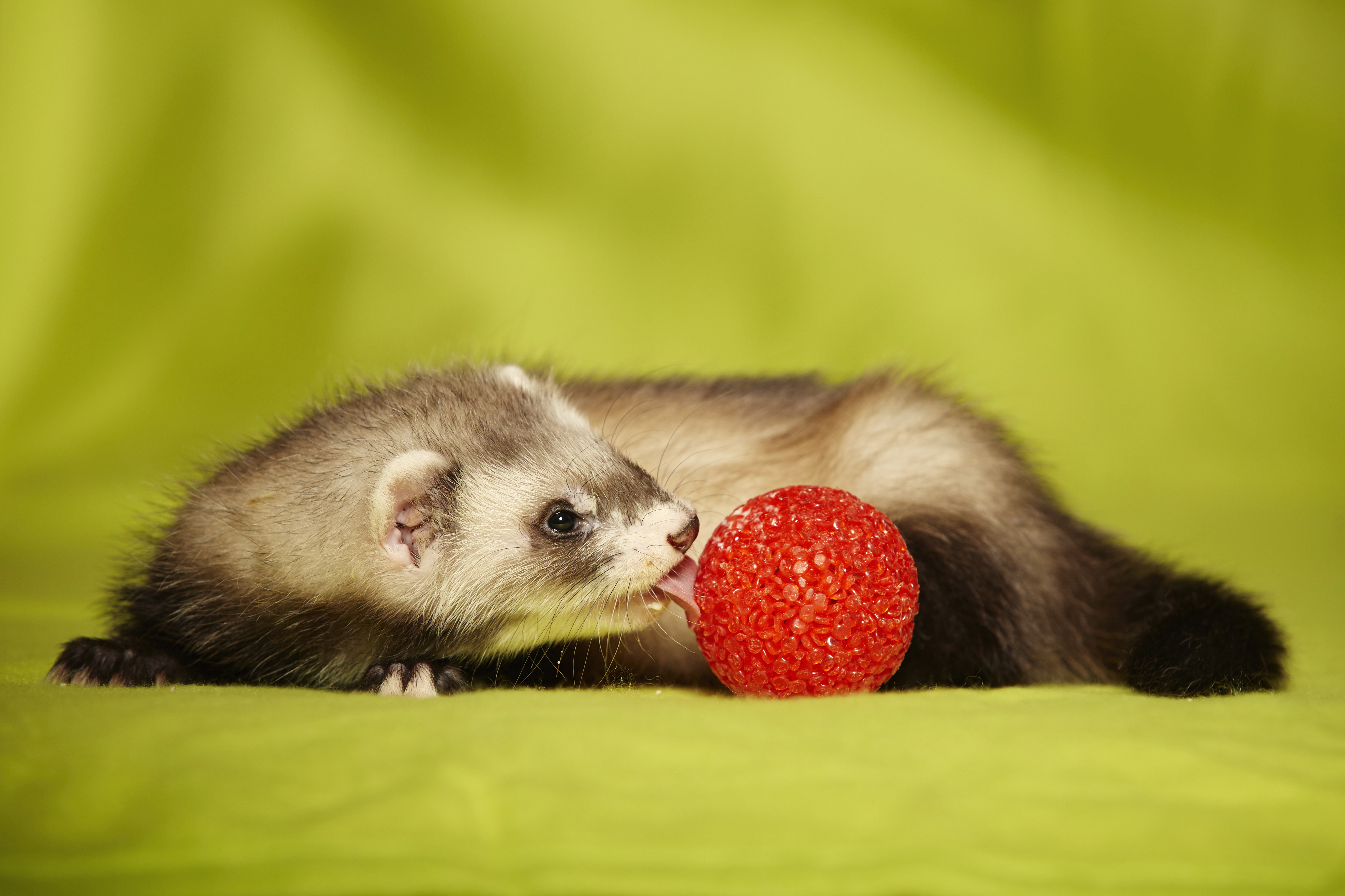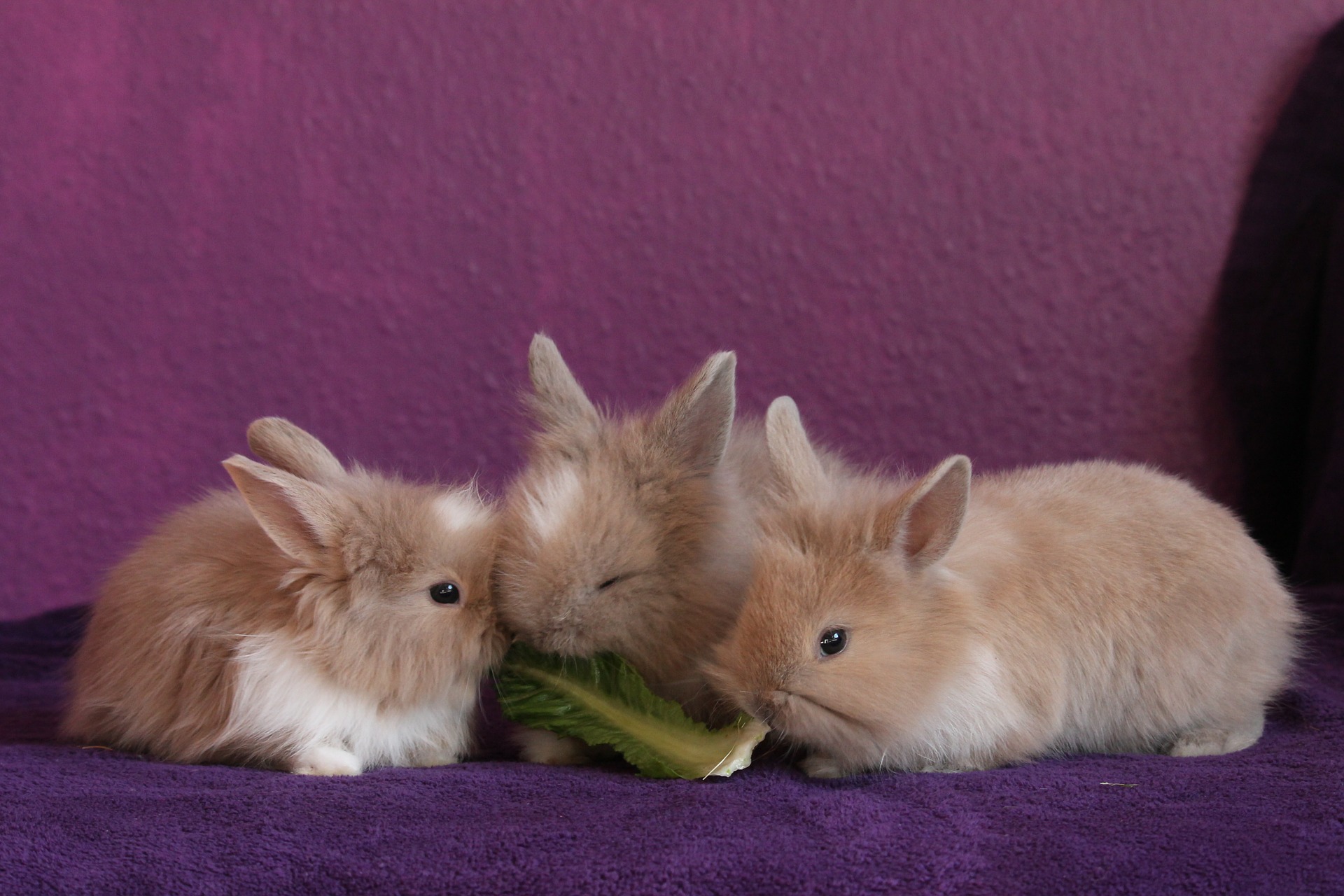Small Animal Brands Push Natural, Eco-Friendly Bedding
Erik J. Martin //April 4, 2018//
It’s been said that you can’t build a great building on a weak foundation. Likewise, you can’t hope to have a healthy habitat with weak substrate. Put another way, no betting person should wager on bad bedding or the “runt of the litter” that can’t handle odor, moisture and mess issues.
Fortunately, manufacturers have upped their game—and given a thoughtful nod to the planet—by rolling out a diverse array of small animal bedding products that boast natural and sustainable ingredients as well as odor control, colorful and easy-cleanup features that owners appreciate.
Keeping the Earth in Mind
“The market for bedding and litter products has always existed, but there are now more options than ever for customers. And pet parents today are more aware of the impact that their purchases have on the environment and more invested in minimizing that impact where they can,” said Lucas Stock, communications manager for Omaha, Nebraska-headquartered Oxbow Animal Health—named for the historic Oxbow Trail that travelled across the family farm of the company’s founder generations ago.
“Small animal bedding, in particular, may give eco-conscious consumers pause, given the nature of how it’s used for a brief time and discarded. When offered choices with less of an environmental impact, there’s a growing segment of customers who are willing to listen,” said Stock, adding that Oxbow’s Pure Comfort bedding is sourced from pure, never-printed paper that has no glues, inks or other printing process byproducts.
Leslie Ellis, consumer communication manager for Ferndale, Washington-based Healthy Pet, founded in 1985, says “green” bedding has technically been around for decades in the form of wood shavings and hay or pellets made from renewable wood byproducts.
“But paper bedding made from a variety of sustainable, recycled paper materials continues to gain in popularity. It is usually very soft and absorbent and has much less dust than traditional shavings,” said Ellis, noting that her company’s carefresh brand conforms to these criteria by using renewable, biodegradable and compostable paper fibers—minus harmful dyes or chemicals that would otherwise go to landfills.
Customer Preferences
At Bill’s Pet Shop in Havelock, North Carolina, carefresh remains the shoppers’ favorite, followed by Kaytee’s Soft Granule Blend, Vitakraft Sunseed Natural Corn Cob Bedding and also Kaytee’s pine and aspen shavings products.
“The newest brand we started carrying last year is Sunseed’s Fresh World,” said the store’s manager, Adrian Pannell, noting that the product is made from 100 percent recycled paper and provides up to seven days of odor control. “We’ve been using it in our live displays, and customers have been asking us about it more and more.”
Pannell says she’s pared down her store’s bedding set based on patrons’ preferences.
“We carry only the better-selling products, which is what our customers want,” she added.
Among other noteworthy SKUs in this space are Pestell Pet Products’ Boxo Comfort small animal bedding containing recycled paper; Fresh News Small Animal Bedding, another non-allergenic, dust-free and biodegradable option; Living World Fresh ‘N Comfy bedding, free of harmful phenols and scented oils; and Hartz Nodor Natural Bedding, packed with ultra-absorbent cellulose fiber and a proprietary odor-encapsulating technology.
It’s also smart to stock bedding accessories that can be used in conjunction with everyday litter. Examples include Penn-Plax’s Zer-Odor, an odor-absorbing product made from pure zeolites (natural volcanic minerals) that can be sprinkled atop the bedding; Farmers Market’s Cozy Cotton nesting material, wrought from viscose—a processed form of natural cellulose; and Oxbow’s compostable Eco-Straw litter, made of compressed wheat straw and possessing unique clumping properties that make it effective for a long time in-cage.
“To create an exceptional substrate, we recommend that pet parents layer a paper-based bedding on top of a compressed wheat straw,” Stock said. “This creates a comfortable, exceptionally-absorbent substrate that is guaranteed to keep pets clean and healthy.”
Tricks of the Trade
Better bedding sales start with education.
“Customers will be thankful for the guidance of your associates when it comes to bedding recommendations and information,” Stock said.
Suggestions should be made with the species’ best interests in mind, says Jane Morehouse, product research and development manager for Hayward, California-based Kordon LLC, makers of Oasis Pet Products.
“Guinea pigs need soft bedding for their hairless feet, so wood pellets are not their best choice. Hamsters, meanwhile, need a bedding they can gather into nesting clumps, such as Oasis’ Shred-A-Bed or Kritter-Kotton, and gerbils need a bedding safe for facial contact since they like to burrow,” Morehouse noted. “And rabbits housed on wire floors require a bedding that can be absorbent and not too fluffy, so that the space between the wire floor and the bedding remains open.”
Be sure to mix things up when it comes to bedding offerings on the shelf, too.
“It’s important to rotate and change up how bedding is displayed, even if you’re selling the same bedding brands. Try different ways of showing the bedding, add additional signage, or group SKUs together with other products or display by color for more eye appeal,” Ellis recommended. “Returning customers are more likely to take a second look if something looks different than before.”
Try to use the litter products you carry within your livestock cages on display as well.
“This helps steer customers toward a particular product you want to sell,” said Brian Wood, president of Cleveland-headquartered FiberCore LLC, manufacturer of Eco-Bedding, a non-toxic, paper-based litter product made from 100 percent post-consumer waste. “If you can effectively use the products for sale on your shelf, you can offer them with confidence.”
Additionally, employ signage throughout your store that identifies eco-friendly products like green bedding.
“And develop a calendar via social media that incorporates key dates like Earth Day, when you can encourage recycling and tie in key brands,” Ellis said.
Lastly, retailers can ask brand reps for coupons, discounts and special promo materials.
“Our Sunseed rep gave us coupons for a free bag of bedding, which we put into our starter kits for the customer to use when they purchase a cage,” Pannell said. “That same rep also recently affixed 75-cents-off coupons on its bags of bedding, which have helped sales.”
